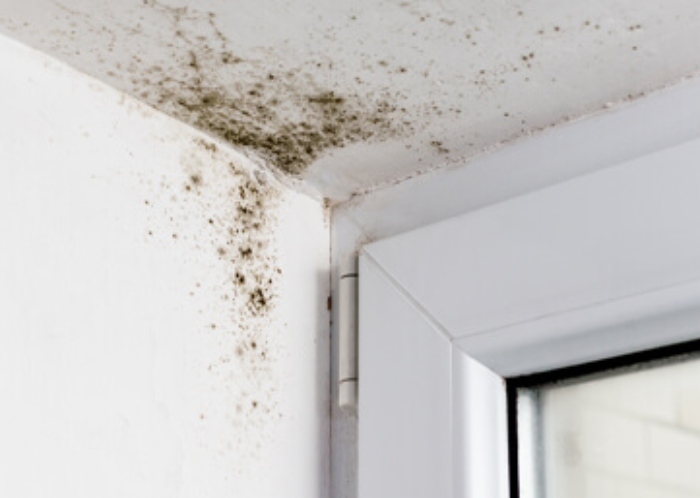Home maintenance is more than just cleaning; it’s about taking proactive steps to prevent damage. Particularly in spaces prone to moisture, there’s a silent enemy potentially lurking – mold. Let’s explore some actionable strategies for keeping crucial areas of your home mold-free.
Here’s How You Do It
Starting in the laundry room, check for leaks around your washing machine’s standpipe and drain hose, replacing the latter every five to ten years. Washer door seals also need attention; replace them if they show signs of brittleness or stubborn mold. Ensure your dryer vents to the home’s exterior, not into the attic, and inspect the vent duct for potential cracks and kinks. In today’s more airtight homes, ventilation is key. Use any installed fans regularly to control humidity levels.
In the kitchen, regularly pull out appliances for inspection and cleaning. Monitor water lines, especially for your refrigerator’s ice maker or water dispenser, to prevent potential leaks. Don’t forget to check any hard-to-access appliances with drip pans, like water heaters and HVAC systems. Look under your sink often, using a rubber mat to catch any possible drips.

Regularly inspect all caulking, especially around the backsplash, for any deterioration that could let water in. To ensure fans are functioning correctly, conduct a tissue test: if a tissue sticks to the running fan’s cover, it’s in good shape. Bathrooms, due to their high humidity, are prime spots for mold. Look out for slow-drying items stored in cupboards and inspect them for moisture.
Keep an eye on bathroom caulking and replace it if it’s infiltrated with mold. Test the toilet’s stability; any wobbling could indicate a leaking floor seal. Also, check behind the toilet pedestal for unseen drips. Indicators like bubbling paint, peeling wallpaper, and swollen floorboards suggest underlying moisture problems. If you find mold, handle small patches yourself but call an expert for larger areas.